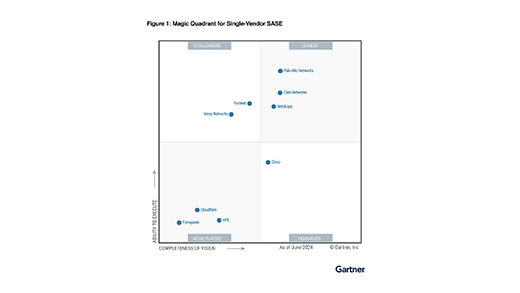Data Security Posture Management (DSPM) works by continuously discovering, classifying, and monitoring sensitive data across an organization’s cloud and on-premises environments. It begins with data discovery, where DSPM tools scan structured and unstructured data sources to identify sensitive information, such as personal data, financial records, or intellectual property. Data classification then categorizes this information based on sensitivity, regulatory requirements, and business importance. Once classified, risk assessment evaluates security gaps, such as misconfigurations, excessive access permissions, or unencrypted storage.
DSPM solutions integrate with identity and access management (IAM) systems to analyze who has access to sensitive data and whether it aligns with security policies. They also leverage continuous monitoring and automated remediation, using AI-driven analytics to detect anomalous activity, unauthorized access, or potential breaches. When risks are identified, DSPM can trigger alerts, recommend security actions, or even automate enforcement, such as revoking permissions or encrypting exposed data.
By combining these components, DSPM cloud security provides organizations with real-time visibility into their data security posture, ensuring compliance and reducing the risk of data exposure. This proactive approach helps businesses prevent breaches before they happen, strengthening overall cybersecurity resilience.




 Voltar
Voltar 















